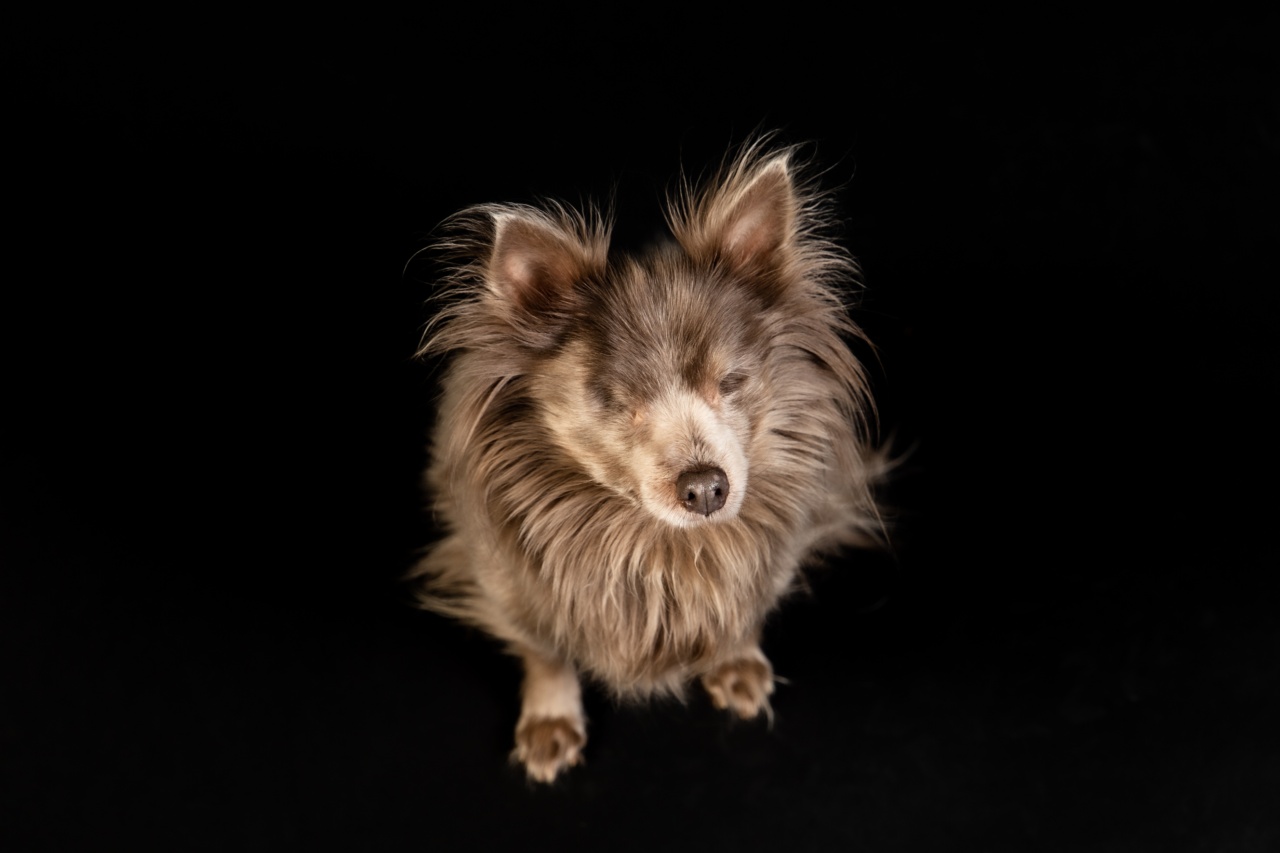Having a dog can be an incredibly rewarding experience. Dogs provide companionship, loyalty, and unconditional love. However, it’s important to remember that dogs are animals with their own unique behavior and instincts.
Sometimes, even the most well-behaved dogs can get into conflicts with their canine counterparts. To ensure a safe and harmonious environment for your furry friend, here are five simple rules to follow to avoid canine clashes.
Rule #1: Proper Socialization
Socialization is a critical aspect of canine upbringing. It involves exposing your dog to various environments, people, and other animals from an early age.
Proper socialization helps dogs become more confident, less fearful, and better equipped to handle different situations. It’s important to expose your dog to positive experiences with other dogs, so they learn how to communicate and interact appropriately.
Enroll your pup in puppy socialization classes or arrange playdates with other friendly and well-behaved dogs to build a strong foundation for social skills.
Rule #2: Respect Personal Space
Just like humans, dogs have personal space preferences. Some dogs are naturally more gregarious and enjoy interacting closely with other dogs, while others may prefer a bit of distance.
It’s crucial to respect your dog’s personal space and also teach others to do the same. Encourage people to ask for permission before approaching your dog, especially when they are interacting with another dog.
Avoid forcing your dog into uncomfortable situations or allowing others to invade their personal space without consent, as it can lead to tension and potential clashes.
Rule #3: Clear and Consistent Communication
Communication plays a vital role in preventing canine clashes. Dogs express their feelings and intentions through body language, vocalizations, and facial expressions.
Being attentive to your dog’s signals and understanding their communication style is essential in avoiding conflicts. Look for signs of stress, fear, or discomfort and intervene if necessary. Ensure that your commands are clear and consistent, so your dog understands what is expected of them.
Additionally, when introducing your dog to a new environment or another dog, do it gradually and in a controlled manner, while closely monitoring their reactions.
Rule #4: Proper Leash Etiquette
Leash walks are a common way to exercise and socialize dogs. However, improper leash etiquette can quickly escalate into a canine clash. When walking your dog on a leash, it’s crucial to maintain control and be considerate of others.
Keep your dog on a leash unless you are in a designated off-leash area. Always keep a safe distance from other dogs and allow proper introductions. Avoid tense leash pulls and give your dog enough slack to explore without feeling restricted.
If you encounter an aggressive or reactive dog during your walk, calmly and swiftly remove your dog from the situation.
Rule #5: Neutering/Spaying
One effective way to reduce potential conflicts between dogs is to have them neutered or spayed. Unneutered males are more likely to display territorial and aggressive behavior, especially when other dogs are present.
Likewise, unspayed females can attract unwanted attention and cause tension among male dogs. Neutering or spaying your dog can help lessen these behavioral tendencies and minimize the likelihood of canine clashes. It is always advisable to consult with a veterinarian to determine the right age and timing for this procedure.
Conclusion
To create an environment where your dog can thrive without facing constant conflicts, it’s crucial to follow these five simple rules.
Proper socialization, respecting personal space, clear communication, proper leash etiquette, and neutering/spaying are key elements in preventing canine clashes. By understanding your dog’s unique needs and taking proactive measures, you can provide a safe and harmonious space for your beloved canine companion to live a happy, conflict-free life.






























